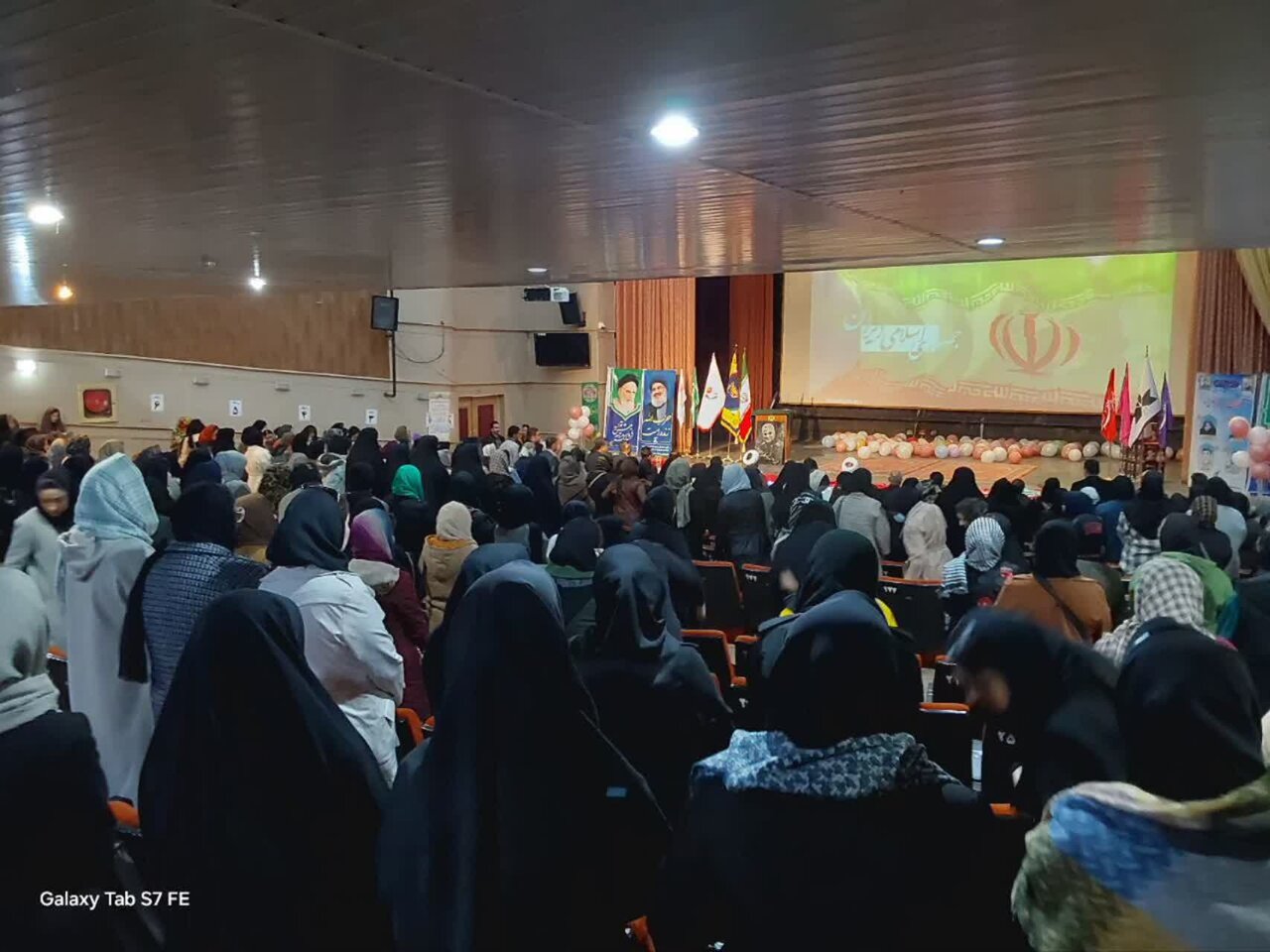Explain the importance of the duty of enjoining good and forbidding evil in society


According to Mehr reporter, Hojjat-ul-Islam Mansour Emami on Tuesday night at the conference of famous ambassadors in Urmia, referring to the importance of enjoining good and forbidding evil, said: People who are familiar with this field and feel responsible should act. Gr be in the society so that the enemies of reason and spirituality cannot interpret carnal slavery in the name of freedom and the meaning do
He enumerated examples of culture degenerate Westerners and their pride in giving importance to self and your soul He added: The western system drags man towards slavery, and in fact, man is a slave to his soul and your soul They do, which can be called modern monstrosity.
Director General of Islamic Propaganda of West Azarbaijan noted: It should Ghol And he broke the chains that were created in people's thoughts and will, and in fact the school of Hazrat Zahra (Q) It frees man from materialism and chains of ego.
Director General of Islamic Propaganda of the province, referring to the characteristics of Hazrat Zahra School (Q) He emphasized: Dealing logically and rationally, observing justice and spirituality in society are three important elements of Fatimid Islam.
The conference of famous ambassadors was held by the efforts of some active organizations in the field of enjoining good and forbidding evil and the General Directorate of Islamic Propaganda of West Azerbaijan in Hosseinieh Hilal Razavi, Urmia.
Also, in this ceremony, one of the mothers of the martyrs on the occasion of the birth of Hazrat Fatima Zahra (Q) was also honored.
Source:mehrnews